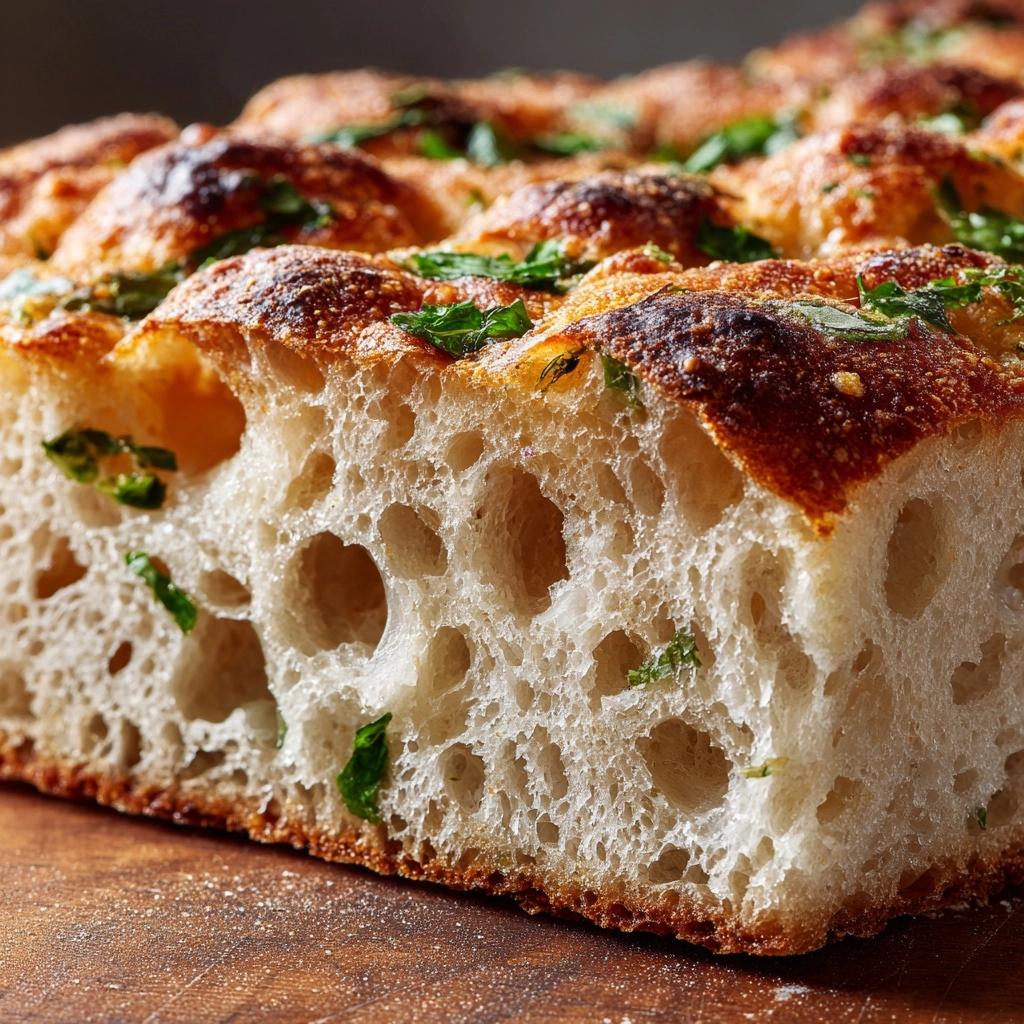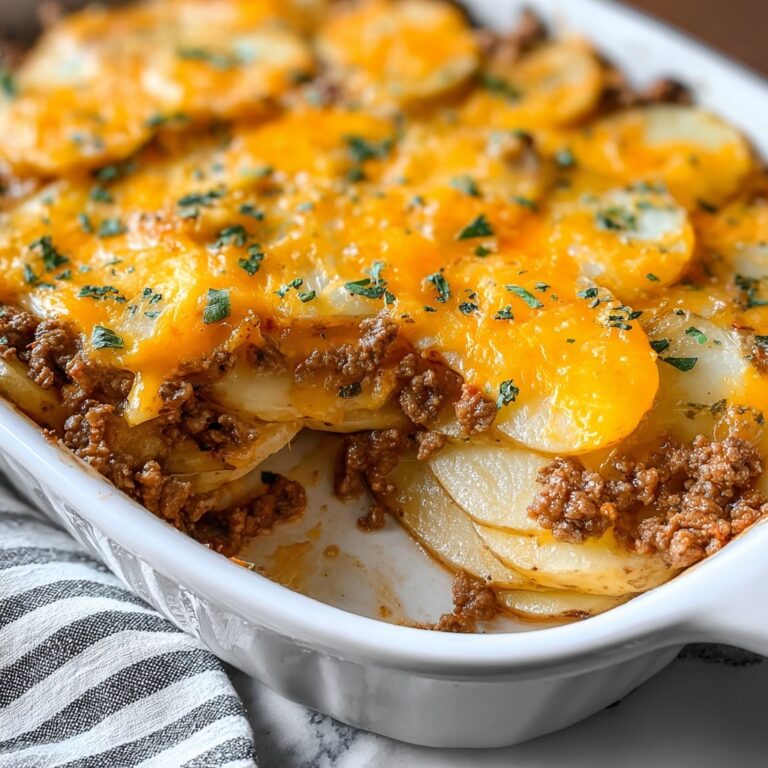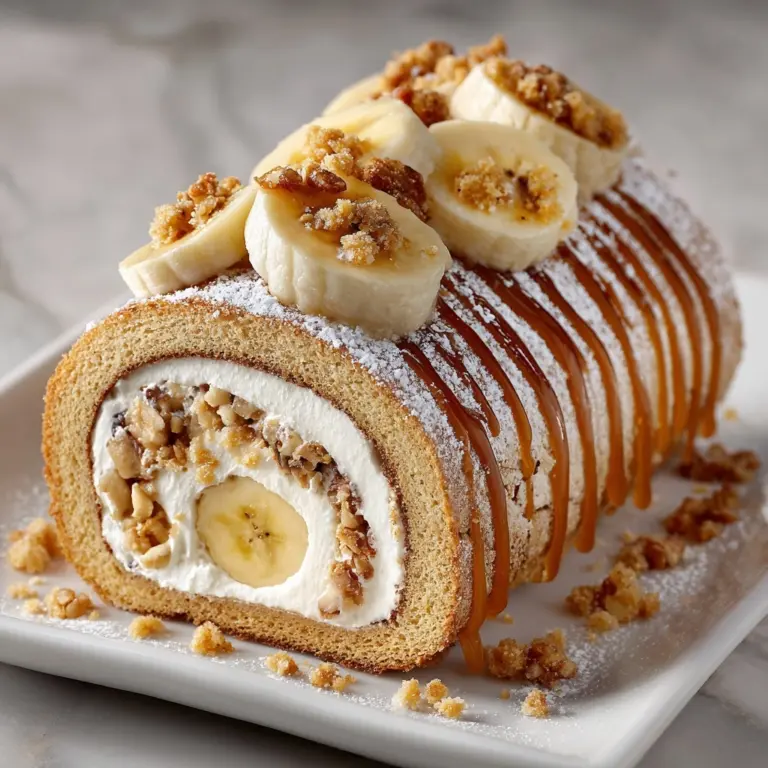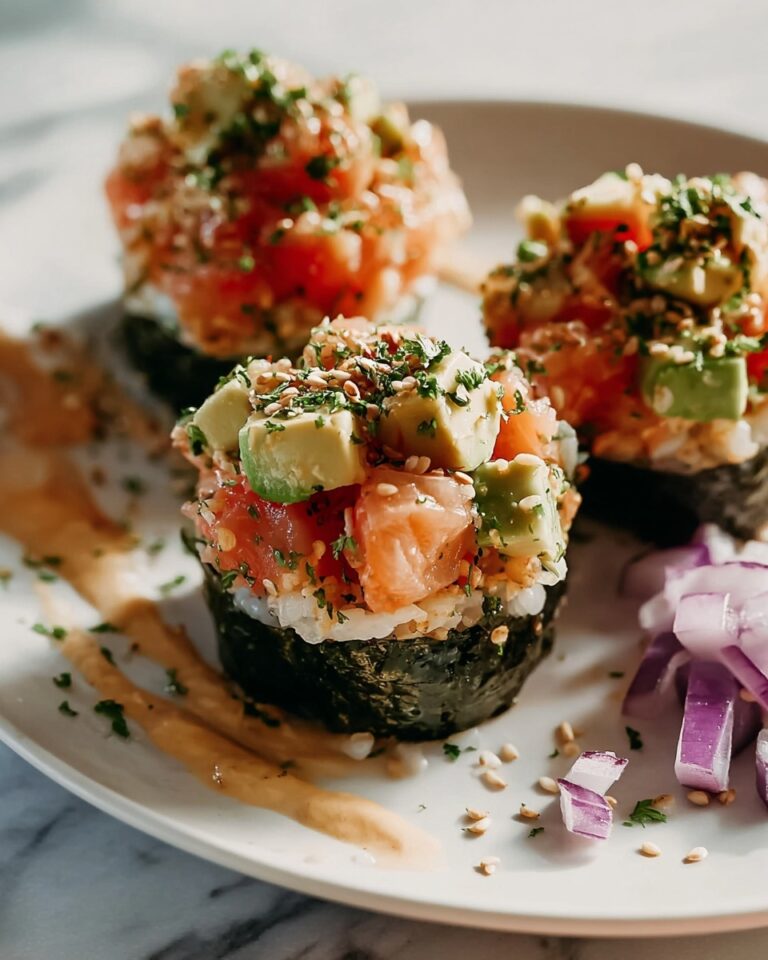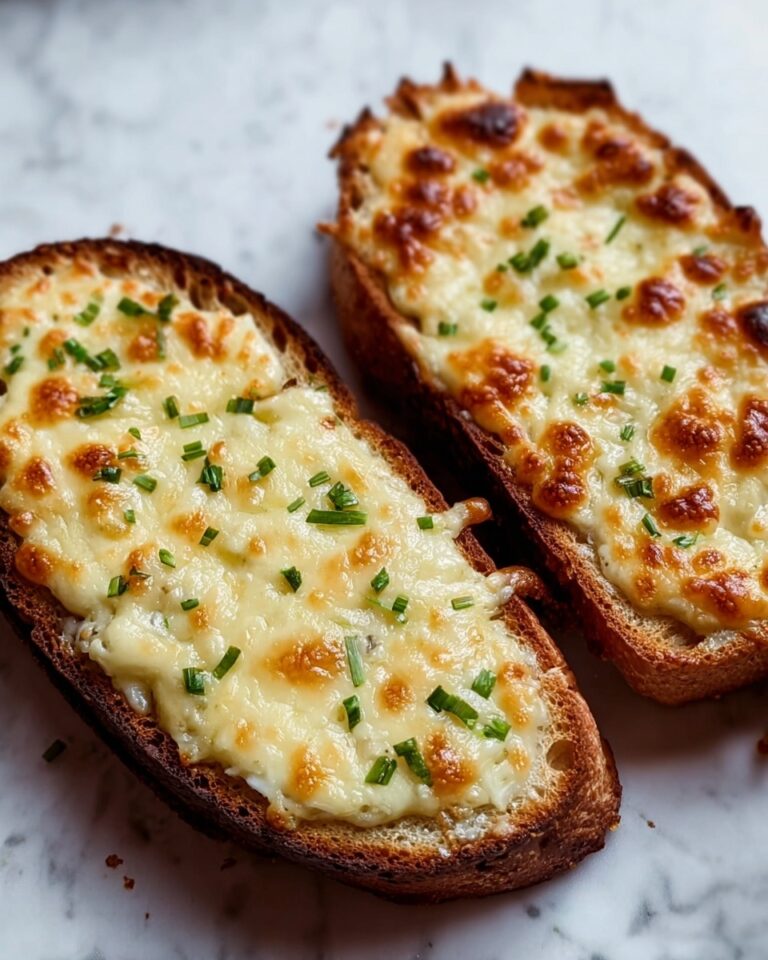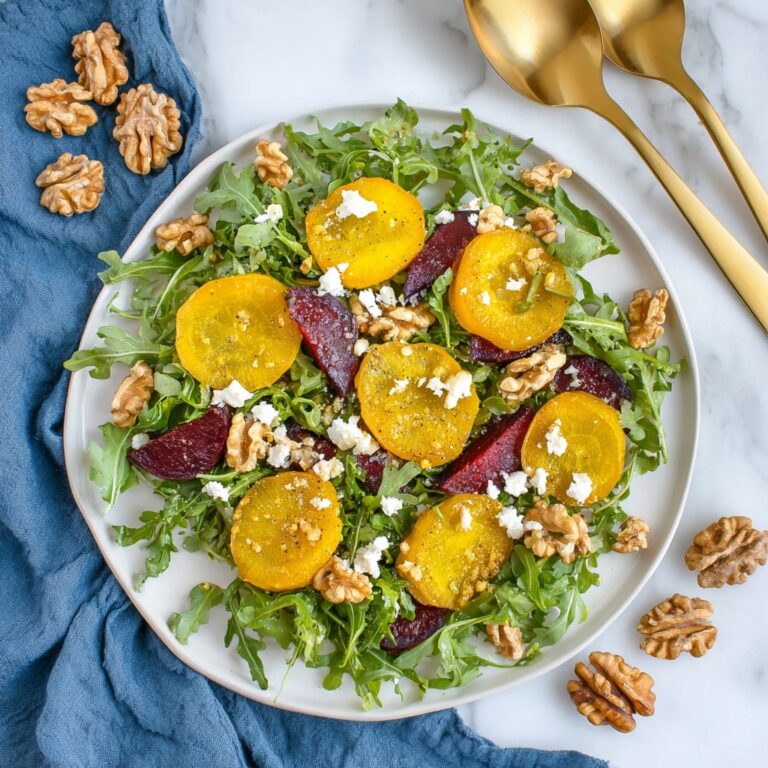Get ready to experience crispy, golden crust and an airy, chewy center with this homemade Italian masterpiece. The Best Ciabatta Recipe makes bakery-level bread right from your own kitchen, perfect for everything from hearty sandwiches to simply soaking up olive oil. Using a handful of classic ingredients and a relaxed, no-knead technique, you’ll create two rustic loaves that will have everyone coming back for seconds. Whether you’re new to baking or a bread enthusiast, this ciabatta will delight the senses and become a staple in your home.

Ingredients You’ll Need
Part of the magic of The Best Ciabatta Recipe is how unfussy yet essential each ingredient is. These humble pantry staples each play a unique part in creating the iconic texture and beautiful flavor you expect from authentic Italian ciabatta.
- Bread Flour: Provides the protein needed for chew and the signature airy crumb—don’t substitute all-purpose if you want true ciabatta texture.
- Salt: Balances flavor and strengthens the gluten, giving the bread structure and enhancing every bite.
- Sugar: Just a touch to boost yeast activity and gently round out the flavor—don’t worry, it won’t make the bread sweet.
- Instant Yeast: The foundation for rise and spongy holes; it makes the process reliable and quick.
- Warm Water: Aids in yeast activation, and high hydration is key for that gorgeous open structure and lightness.
- Olive Oil: Adds richness, softness, and a subtle fruity note that takes the flavor to the next level.
- Additional Flour for Dusting: Prevents sticking during shaping and imparts the iconic rustic exterior—don’t skimp on this step.
How to Make The Best Ciabatta Recipe
Step 1: Combine the Dry Ingredients
Grab a large mixing bowl and stir together the bread flour, salt, sugar, and instant yeast. This step ensures the yeast is evenly dispersed, which helps the dough rise uniformly. The mixing process can be as simple as using a sturdy spoon—no need for fussy equipment at this point.
Step 2: Add the Wet Ingredients
Pour in the warm water and olive oil, then mix everything together with a wooden spoon or dough scraper. The dough will look shaggy and feel quite sticky, but that’s exactly what you want. This wet dough is the secret to those big, beautiful ciabatta holes.
Step 3: First Rest
Cover your bowl with plastic wrap or a damp towel and let the dough rest for 30 minutes at room temperature. This rest gives the flour time to hydrate and the gluten to start developing—all with zero kneading required!
Step 4: Stretch and Fold
To strengthen the dough without kneading, perform the first round of stretch and folds: gently grab an edge, stretch it upward, then fold it over itself. Rotate the bowl and repeat three more times. Give the dough another 30-minute rest and repeat the stretch and fold process two more times, for a total of three rounds. Each series helps create structure and those signature irregular holes.
Step 5: First Rise
After the final stretch and fold, cover the bowl and let the dough rise until doubled, about 1.5 to 2 hours. This is where the yeast works its magic, building lightness and flavor into your dough.
Step 6: Shape the Loaves
Dust a work surface generously with flour and gently coax the dough out of the bowl, trying not to deflate those precious bubbles. Dust the top with more flour and slice the dough in half lengthwise. Shape the two pieces gently into rustic rectangles, then transfer them onto a floured or parchment-lined baking sheet. Let them rest and puff up for 30 to 45 minutes uncovered, which adds even more texture.
Step 7: Preheat and Prepare for Steam
As the loaves rest, preheat your oven to a steamy 450°F (230°C), placing a baking stone or inverted baking sheet inside. For extra-crispy crust, put an empty tray on a lower rack—this is where you’ll add hot water to create steam once you bake.
Step 8: Bake the Ciabatta
Carefully move your shaped loaves onto the hot baking surface. Quickly add a cup of hot water to the bottom tray and close the oven to trap the steam. Bake for 20 to 25 minutes until the loaves are a deep golden brown and sound hollow when tapped. This is where the magic happens, from shattering crust to airy, steamy interiors.
Step 9: Cool Completely
Transfer your freshly baked ciabatta to a wire rack and, tempting as it is, let it cool completely before slicing. This finishing step is crucial—if you cut too soon, you risk losing that remarkable crumb structure you worked so hard to create. Now you’re ready to enjoy The Best Ciabatta Recipe at its finest!
How to Serve The Best Ciabatta Recipe

Garnishes
Nothing completes The Best Ciabatta Recipe like a glossy drizzle of extra-virgin olive oil, a sprinkle of flaky sea salt, or a scattering of fresh herbs. For Italian flair, rub a clove of raw garlic over warm slices and finish with a touch of cracked black pepper. This perfect canvas can be dressed up or kept simple—it all depends on your mood and menu.
Side Dishes
If you’re presenting your ciabatta as a centerpiece, pair it with antipasti platters—think marinated olives, roasted red peppers, or thinly shaved prosciutto. It’s a dream alongside classic soups like minestrone, hearty pasta dishes, or a vibrant Caprese salad. There really isn’t a meal that doesn’t benefit from a slice (or two) of homemade ciabatta beside it!
Creative Ways to Present
Slice The Best Ciabatta Recipe horizontally for epic sandwiches, or cube it for rustic croutons in salads. Lightly toast slices and pile on bruschetta toppings for an appetizer that vanishes in seconds. For brunch, try grilling halved loaves, then topping with whipped ricotta and honey for a sweet twist. Its versatility is endless and always satisfying.
Make Ahead and Storage
Storing Leftovers
To keep your ciabatta at peak freshness, let it cool completely, then wrap it loosely in paper or linen. Store at room temperature for up to two days. Avoid airtight containers, which can soften the rustic crust—the hallmark of The Best Ciabatta Recipe.
Freezing
If you want to bake now and enjoy later, ciabatta freezes like a champ. Slice or leave loaves whole, wrap tightly in plastic wrap and then foil, and store in the freezer for up to three months. Defrost at room temperature before reheating or toasting for that just-baked feel.
Reheating
For maximum flavor and crunch, reheat leftover ciabatta in a 350°F (175°C) oven for about 8-10 minutes. The crust will re-crisp and the interior warms up beautifully. For slices, toast directly before serving—perfect for reviving the bread’s artisan goodness on day two or three.
FAQs
Is ciabatta supposed to be this sticky before baking?
Yes, the dough for The Best Ciabatta Recipe is much wetter and stickier than many other bread recipes. That’s the secret to its chewy, open crumb—resist the urge to add extra flour, and trust the process!
Can I use all-purpose flour instead of bread flour?
Bread flour is best for authentic texture, but in a pinch, all-purpose flour can be substituted. Just know the crumb may be a little less chewy and the holes a bit smaller.
How can I tell when my ciabatta is done baking?
Look for a deep golden brown crust and tap the bottom—if it sounds hollow, it’s done! If you have an instant-read thermometer, the internal temp should be around 200°F (93°C).
Can I add anything to the dough, like herbs or cheese?
Absolutely! Fold in chopped fresh rosemary, roasted garlic, or even small cubes of cheese during the first stretch and fold for a flavor twist. Just be careful not to deflate those precious bubbles.
What’s the best way to get big holes in the crumb?
A moist dough, gentle handling, and plenty of patience during rising will get you there. Stretch and folds develop gluten without deflating, and letting the dough rest leads to those beautiful, airy pockets The Best Ciabatta Recipe is known for.
Final Thoughts
Baking The Best Ciabatta Recipe at home is a rewarding, delicious journey that brings the taste of Italy right to your table. Every bite is proof that simple ingredients, handled with patience and care, can result in extraordinary bread. Give this recipe a try—you’ll be amazed at what you can accomplish with just a little time and a lot of love!
Print
The Best Ciabatta Recipe
- Prep Time: 3 hours
- Cook Time: 25 minutes
- Total Time: 3 hours 25 minutes
- Yield: 2 loaves (about 8 servings)
- Category: Bread
- Method: Baking
- Cuisine: Italian
- Diet: Vegan
Description
Learn how to make the best ciabatta bread at home with this easy-to-follow recipe. This artisanal Italian bread is crusty on the outside and soft on the inside, perfect for sandwiches or dipping in olive oil.
Ingredients
Dough:
- 4 cups (500g) bread flour
- 1 ½ teaspoons salt
- 1 teaspoon sugar
- 1 teaspoon instant yeast
- 1 ½ cups (360ml) warm water
- 2 tablespoons olive oil
Additional:
- Additional flour for dusting
Instructions
- Combine Dry Ingredients: In a large mixing bowl, combine bread flour, salt, sugar, and instant yeast. Mix well.
- Add Wet Ingredients: Pour in warm water and olive oil. Stir until a sticky dough forms.
- Rest the Dough: Cover and let the dough rest at room temperature for 30 minutes.
- Stretch and Fold: Perform a series of stretch and folds every 30 minutes, 3 times in total.
- Rise: Let the dough rise until doubled in size, about 1.5 to 2 hours.
- Shape and Bake: Divide the dough, shape into loaves, and bake at 450°F (230°C) for 20–25 minutes.
- Cool and Serve: Cool the loaves on a wire rack before slicing.
Notes
- For more flavor, ferment the dough overnight in the fridge.
- Ciabatta dough is wet; avoid adding extra flour.
Nutrition
- Serving Size: 1 slice
- Calories: 180
- Sugar: 0.5g
- Sodium: 280mg
- Fat: 2g
- Saturated Fat: 0.3g
- Unsaturated Fat: 1.7g
- Trans Fat: 0g
- Carbohydrates: 35g
- Fiber: 1g
- Protein: 5g
- Cholesterol: 0mg

